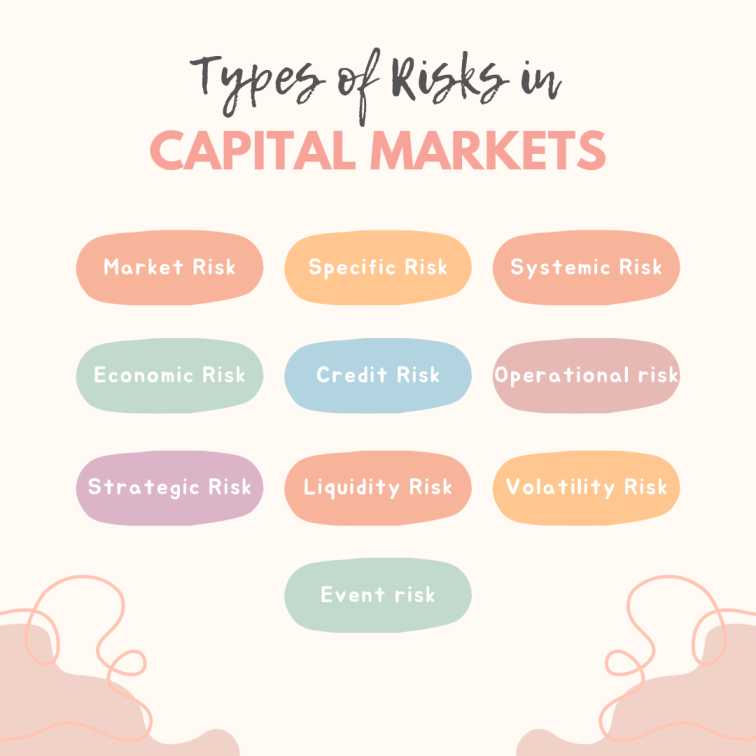The process of planning and executing a project is a world in itself. Here, ideas transform into reality with the support of investment. There’s a cost attached to every step of execution. Even the most carefully planned projects face problems during this stage. This is when risk management comes into the picture. It wouldn’t be an understatement to call it a factor responsible for the success of any project.
You are expected to foresee pitfalls and prepare strategies to navigate them. Especially to establish a career in investment banking, you must have a solid understanding of this concept. Keep reading to explore the importance of risk management and the complex world of project planning.
What is risk management?
Innovation, business ventures or financial undertakings have in-built risks. If left unattended, these risks can waste resources. They can also derail the project’s progress. Here’s when risk management saves the day!
Risk management is a systematic process. Through it, you can identify, analyse, and control potential risks to the project. By implementing effective risk management practices, organisations can navigate challenges. Also, they can increase their chances of achieving their goals. Thus, understanding the importance of risk management is crucial for ensuring the success and sustainability of any venture.
Performing risk management involves the following steps.
- Assess the likelihood and impact of risks.
- Develop strategies to mitigate risks.
- Track the effectiveness of these strategies.
What is the importance of risk management?
Prima facie, risk management helps in anticipating potential risks. During the planning phase, you must assess probable risks. By working on this, you can avoid potential failures and costly delays.
Keep reading to explore other benefits offered by risk management.
Decision-making process: As you can see, risk management carries a structured approach. This arrangement improves your decision-making capability. It gives you the knowledge to deal with uncertainties that obstruct the success of your project. By managing risks, companies make better decisions. They are also prepared to look for alternative solutions while optimising project timelines.
Team confidence: Another benefit of this process concerns the team. When there is a backup plan for things that might not go as expected, it helps the team stay positive and happy. In a positive environment, your subordinates will perform in a good mood. This will help in completing the project within the deadline.
Investment protection: Another importance of risk management lies in protecting investments. It prepares the project for success. This not only preserves the project’s integrity but also safeguards the reputation of the stakeholders involved. For any given project, stakeholders can be clients, regulatory bodies, employees, and investors.
Risk management reduces uncertainties in your project. Thus, it ensures success. With this, you can enhance transparency and build stronger relationships with stakeholders. You can do this by considering their concerns during the risk assessment.
Improving communication: Any strong risk management framework depends on communication between departments. In the initial stage, you will need inputs from different departments. This will help you understand the project’s complexities. Moving on, this cooperation helps in clarifying roles, dividing responsibilities, and enhancing the coordination of the overall project.
How to perform risk management?
Begin by performing risk identification. Once that is done, start assessing its probable impact. It is important to know the likelihood of these risks occurring. The next step is to collaborate with stakeholders. Implement one or more mitigation strategies from the following.
- Process changes
- Contractual arrangements
- Resource allocation
- Insurance contracts
- Contingency plans
You must regularly monitor risks and control them. As a last step, maintain documentation of risks, their assessments and mitigation plans.
Start a career in investment banking
Risk management is a structured process. It identifies, assesses, and mitigates risks that carry the potential to derail a project from its objectives. Through this process, you can ensure the efficient utilisation of resources and protect your investment from failure. Learn more about the importance of risk management with our industry-recognised certification.
Imarticus Learning is a leading educational platform that offers investment banking courses with job-specific curricula. Explore our Certified Investment Banking Operations Professional program for your career growth in the world of investment banking!








